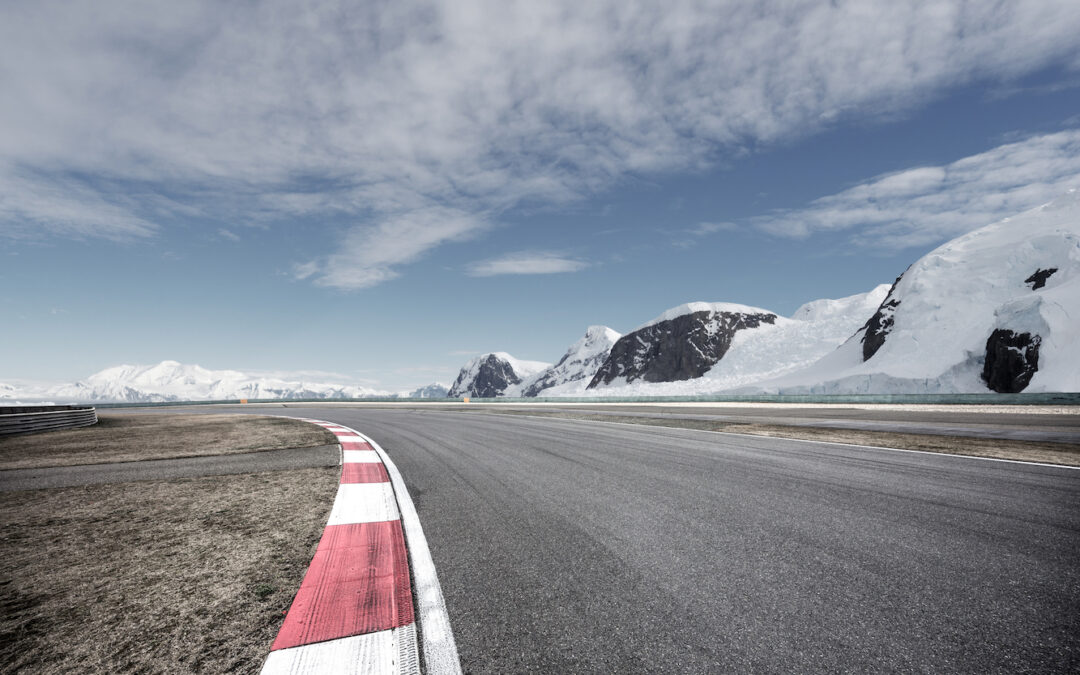With all this crazy cold weather we’ve been experiencing across most of the US, it brings up a good question: how do you deal with cold weather at your winter or early spring track days? Temperatures can get quite cold overnight even as we get into those pleasant spring days!
Of course, one of the most important aspects to consider is your tires. You know how your low-pressure alarm comes on for your street car in the winter? It’s cold outside, which makes your air pressure go down. So, on those cold mornings at the track, it’s important to start your pressures a bit higher for a couple reasons. First, it will help the tire come up to the target pressure quicker. Second, you’ll find you have a better feel on those first out laps, compared to how it would feel with an under-pressured tire.
Under-inflated tires can cause sloppy handling and even damage the tire, especially from curb strikes. As it gets warmer, you’ll decrease the tire pressure to keep it in your target range. You can bleed pressures when the tires are hot to keep them from going over your target.
Sometimes, you’ll be watching a race on TV, and you’ll see a car get a puncture shortly after a tire change. It’s not necessarily from debris on the track but from using the curbing too hard on low pressure. The sidewalls get pinched, which damages the tire and potentially creates a leak.
As I mentioned earlier, your tire pressures can fluctuate quite a bit throughout the day as the ambient temperature rises. A good rule of thumb I’ve always used is that every 10 degrees of ambient temperature change is worth one additional pound of pressure in your tires. This means that as the day warms up, your tire pressure will rise, as well. Not maintaining your target tire pressure by lowering them back down as it warms up, can really throw you off as the day goes on, because the tire starts to “balloon,” which will result in a loss of grip.
Another aspect to consider is making sure your car is up to operating temperature before really pushing on track. This goes for not only your water and oil temperatures but also for the gear box, differential, axles—in short, all the components that require running time to get the oils and greases to their desired viscosity. You might not see the direct implications of this, but not following this advice could result in a shorter lifespan for your components.
If you ever go past the garages at a pro race, you’ll always see the cars being run on high stands prior to going on track. This brings the engine and oil system up to temperature, as well as the drivetrain. By the time the car goes on track, only the tires and brakes need to be warmed up. I’m not saying you need to run your car on stands before going on track, but do give yourself a few laps to get everything warmed up, including those brains!



